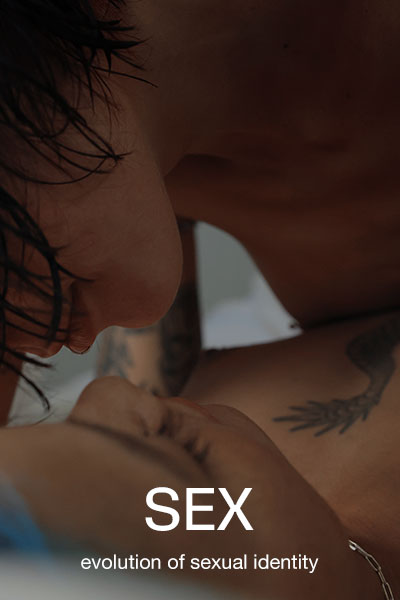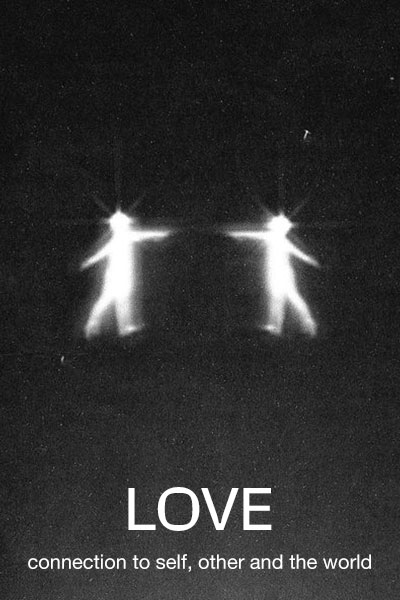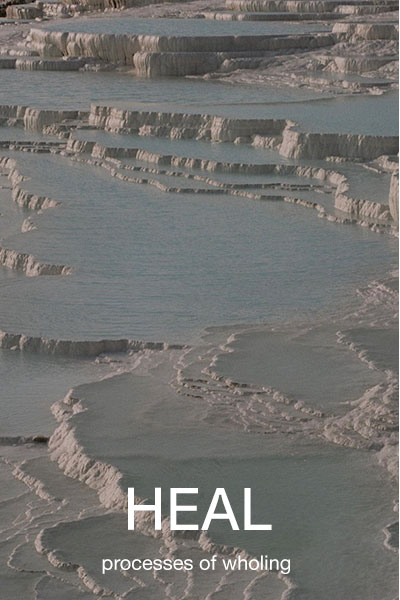Sylvia Plath, mental illness and process
Revisiting the legacy of the late and famously troubled poet.
There is a scene in early Euphoria, before the show got too carried away, in which there is an intense joke about people with mental illness in the guise of Sylvia Plath sticking her head to the oven. It might even be the very first episode when Rue is described as OCD and/or bipolar. The joke does a lot to show about the kind of show Euphoria initially succeeded in being: shocking without a too-linear explanation, the mystique playing a part of its allure. The joke was: Sylvia Plath.
I started a book club with J, a friend of mine who is far more ‘ahead’ in life in a conventional sense: she is married and has a kid and teaches at an Ivy League college. Meanwhile, I am writing a dissertation, am single and babyless. So we thought the most realistic way to reconnect was to read a book together each month. When Red Comet arrived to the queue, a recent extensive biography of Sylvia Plath by Heather Clark we were both anxious due to its length surpassing 1,000 pages, at 1,118. But the book was ultimately much more than worth it. And it was not a joke, but it was whole: funny, sad, anxious, academic and liberating.
The book succeeds in illustrating Plath as much more than a tragic heroine with constant suicidal ideation, and demythologizes much of the saga of self-destruction that is aligned with public perception. This is ultimately, I believe, its highest goal and most clearly explained motivation for existing, in a world where several biographies, some of which are good, already exist. Clark does this by being explicit and detailed.
Yes, the book is long, but it functions on multiple levels: 1. on creativity, 2. gender norms and rebelling against them, 3. burnout, and 4. contrasting Plath’s hysterophemy.
On creativity, it shows the real personal workhorse mentality that Plath presented from her early adulthood, piece by piece creating her public persona as a writer by partaking and winning magazine competitions—starting with Mademoiselle, the transition to polite rejections from Harper’s, The New Yorker and The London Magazine along with visits at writers’ colonies and leading a cosmopolite’s life in a literary sense. When she moved to London at a certain point in the book, she had “moved to Europe to stay.” It is this precision in language that makes Clark’s book help the reader travel with intention to a life that was strife with challenges and notorious ups and downs. But what life, really, isn’t? In a sense Plath’s earlier life—before the events described in her book The Bell Jar, was quite successful. She was accruing scholarships to attend elite institutions and was always memorable to her teachers and classmates for what she was doing with her work as a student. This makes me wonder about how differently both lower echelons of education but academia itself functioned during the late 1940s and early 1950s, when Plath attended Smith. Teachers saw, at the time, prolific themselves and those in these positions held commentary that mattered, such high potential in students and the mainstream intellectuality seemed to be above midbrow: people in school read, or at least pretended to, and wanted this fact to be known.
Clark shows the work ethic that Plath possessed as a young woman, and it alluded to the sort of person who never considers that stopping or no longer trying for a passion is an option: she made literary success her only option, and started small while in high-school. In the opening of Red Comet a sinister quote of hers states: “one has to earn the name of ‘writer’ over again, with much wrestling.” But she went on to do everything, not despite her negative experiences with the mental health system, but because of them even using those to create a universe where mental health is spoken about more freely with The Bell Jar. Having only read the book and none of Plath’s poetry previously, Clark also introduces Plath’s creativity within Red Comet, owing the title to a line of the protagonist’s oeuvre, a poem entitled “Stings.” “Stings” was written in 1962, and belongs to Ariel, Plath’s collection of poetry. It features vivid imagery:
“Scar in the sky, red comet
Over the engine that killed her—
The mausoleum, the wax house.”
Gender norms and (not) rebelling against them: when I returned to my two-member book club to discuss the book with J., she started with a slight complaint, saying it was “too long.” After we laughed about that and our decision to read it despite not knowing much about Plath, she expressed that what wore on Plath the heaviest was the feminine labor and domesticity expectations that came with being a woman. This was fascinating to me because I had read it as a writer who cannot do normal things and is paralyzed by that. Instead, J. enlightened me that she felt social pressure to perform her femininity at great lengths, starting with domestic chores, which the biography makes clear she truly did not enjoy, because she thought they kept her from doing the real work she was supposed to be engaged in: writing and leaving a literary mark. This is what always spoke to me, and I feared. It is interesting/enlightening to me to see that other readers don’t get this, but they do not always: primarily focusing on Plath’s tumultuous relationship to Hughes and the pain they both inflicted on each other. Clark remarks that following Plath’s suicide, Hughes said of her death: “It was either her or me.”
Burnout: Plath being perceived as a tragic heroine with constant suicidal ideation is humanized through the book. Her reactionary way of excelling by partially living her mother, Aurelia’s, dreams then ultimately leaving them and even presenting the shift in their relationship in a generous and forgiving manner. Aurelia worked so hard for her daughter to be afforded all this opportunity, and yet through psychotherapy, an antagonism was formed. The reader is left to decide herself how ambivalent the resentment Sylvia Plath felt towards her mother was fair, or rather correlated and maybe even perhaps a result of gender norms that put women in an impossible position. Perfectionism is reactionary, and we cannot really learn how to stop being obsessive, just learn how to cope with it in better ways that are specific to every one of us. We can take understanding and awareness, which do not just come easily. Plath was constantly hyperaware, but she, too, doubted that her awareness was accurate. Flipping “Failure for me is not an option” on its head but not in the traditional sense is a worthy creative path. Learning to be slowly successful, being patient with your path. There comes the duality of challenging oneself creatively: all or nothing, most of the time. On the one hand, it is the way that many authors and writers attain their goals. On the other hand, it eventually leads to what I see as a form of burnout.
Myself included, I am not sure the right term here is burnout. But Red Comet does convey that rather, this creativity and obsessiveness may lead to mental illness and not the reverse. Or rather than burnout or this form of brain exhaustion, and hustling to get the work out and try to get it to be read and received by an audience. It even sets them (/us?!) up for failure. But while this depends on how we define failure, it is what just sets them up to be isolated from the world. Many times with colleagues/writers/artists how we have to choose, being happy/normal or writing/honing a craft. In the context of my two-member book club with J., it led to a discourse on what is healthy, what is not that extends beyond artistry.
A somewhat dark, but promising starting point for this creativity, and its pursuit, is the case of Sylvia Plath.
Elias Tezapsidis is a writer from Thessaloniki, Greece, most recently living in Berlin.





















